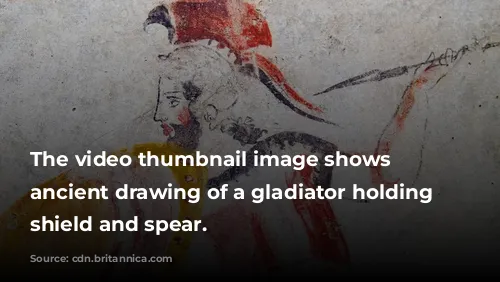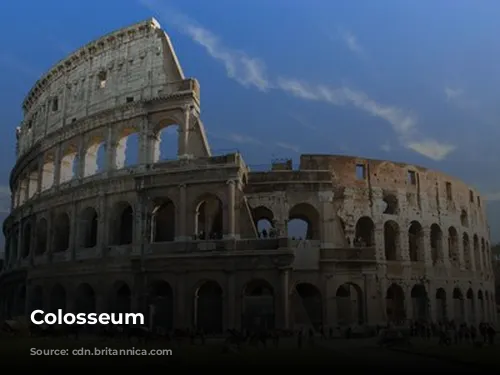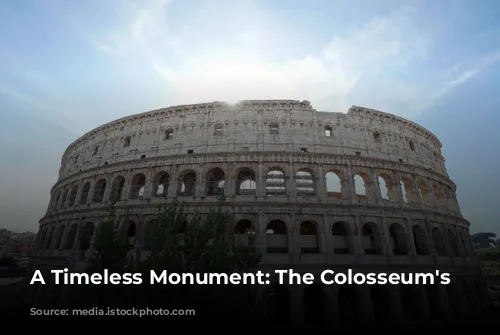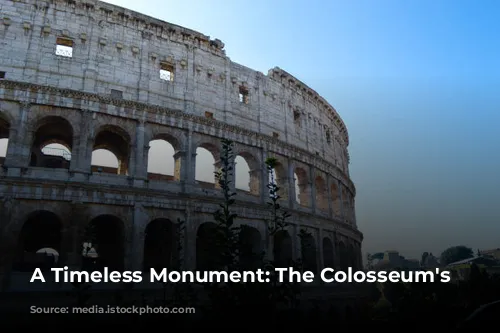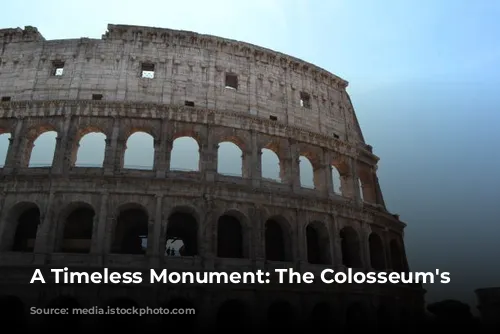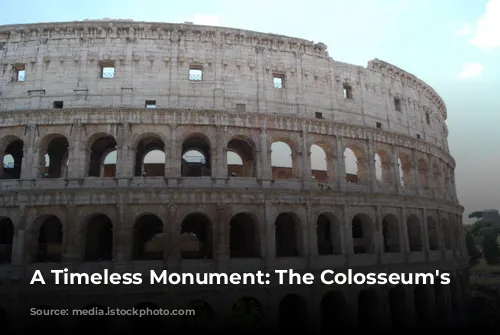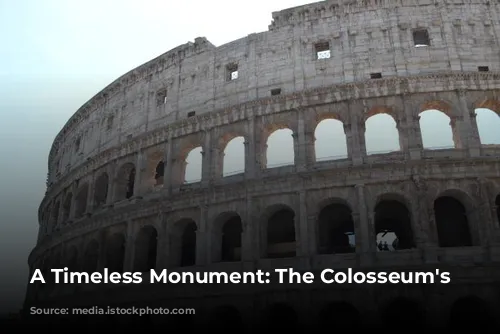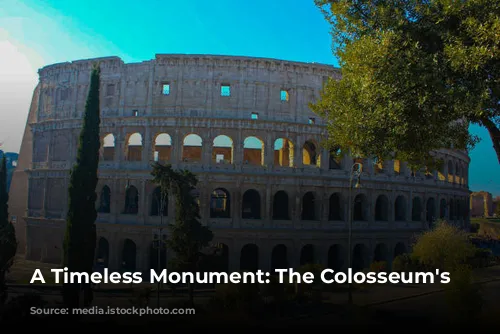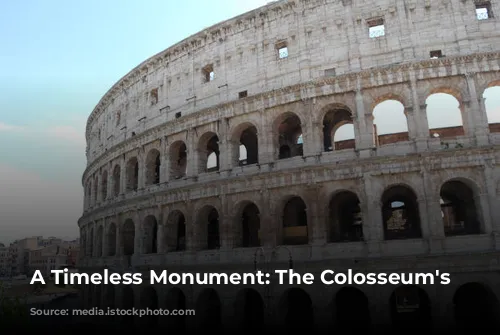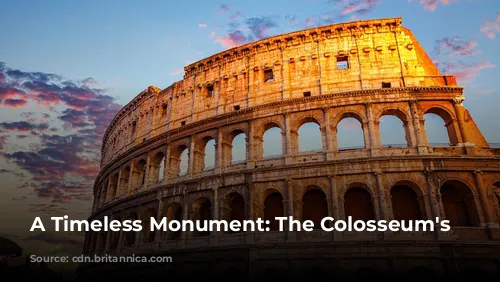The Colosseum, a majestic symbol of ancient Rome’s architectural brilliance and engineering prowess, stands today as one of the few surviving structures from the Roman Empire. Its enduring legacy continues to attract millions of visitors each year, making it a significant source of income for the Italian government. In 2018 alone, the Colosseum, along with the Roman Forum and Palatine Hill, generated over $63.3 million (€53.8 million), solidifying its position as the most popular tourist attraction in Italy.
A Monument in Peril and Restoration
The Colosseum’s journey through time has been marked by periods of both grandeur and neglect. After the fall of the Western Roman Empire, the once-mighty arena fell into disrepair. The 12th century saw the Colosseum transformed into a fortress by the Frangipane and Annibaldi families, who repurposed the ancient structure for their own strategic needs. This period of adaptation, however, marked a departure from the Colosseum’s original purpose as a grand entertainment venue.
The Colosseum’s fate took a further turn in the late 15th century when Pope Alexander VI permitted the use of its materials as a quarry. This decision, driven by practical needs, sadly contributed to the Colosseum’s decline. After centuries of neglect, the Italian government finally recognized the Colosseum’s historical significance and initiated state-funded restoration efforts in the 1990s. These efforts aimed to preserve the Colosseum’s architectural marvel for future generations to admire.
Born from Triumph and Entertainment
The Colosseum’s construction was a direct result of Emperor Vespasian’s ambitious plan to revitalize Rome following the tumultuous year known as the “Year of the Four Emperors” (69 CE). Like other amphitheatres of the Roman Empire, the Colosseum was designed to be a hub of entertainment, hosting thrilling spectacles like gladiator fights, animal hunts, and even dramatic mock naval battles. The Colosseum represented Vespasian’s commitment to providing grand entertainment for the Roman populace.
Construction of the Colosseum began under Emperor Vespasian’s rule between 70 and 72 CE. The grand structure was officially dedicated in 80 CE by Titus, Vespasian’s son and successor, marking a monumental achievement in Roman engineering. A further addition to the Colosseum was made by Emperor Domitian in 82 CE, who added the fourth story, enhancing the arena’s grandeur. It is important to note that the Colosseum’s construction was financed by the spoils of war, particularly from Titus’s conquest of Jerusalem in 70 CE. The labor force for this grand project consisted of Jewish slaves taken captive from Judaea, highlighting a complex and often overlooked aspect of the Colosseum’s history.

A Colossal Structure: Engineering and Entertainment
The Colosseum, also known as the Flavian Amphitheatre, is an awe-inspiring structure. Built by the Flavian emperors, it stands as a testament to Roman engineering prowess and architectural grandeur. The Colosseum’s design is an elliptical masterpiece, constructed from stone, concrete, and tuff, rising four stories tall. Its imposing dimensions—620 by 513 feet (189 by 156 meters)—allowed it to accommodate an astounding 50,000 spectators. The Colosseum became synonymous with gladiatorial combat, a spectacle that drew massive crowds and captivated the Roman populace.
A Legacy of Resilience and Enduring Appeal
The Colosseum’s legacy is woven into the fabric of Roman history and its enduring popularity attracts millions of visitors from around the world. The Colosseum continues to captivate audiences with its impressive scale, intricate design, and the echoes of its vibrant past. From its construction by Emperor Vespasian to its restoration efforts in the 1990s, the Colosseum has witnessed the rise and fall of empires, the shifting tides of history, and the enduring power of human creativity. The Colosseum stands as a testament to Rome’s enduring legacy, a reminder of its architectural genius, and a captivating symbol of the enduring power of history.
